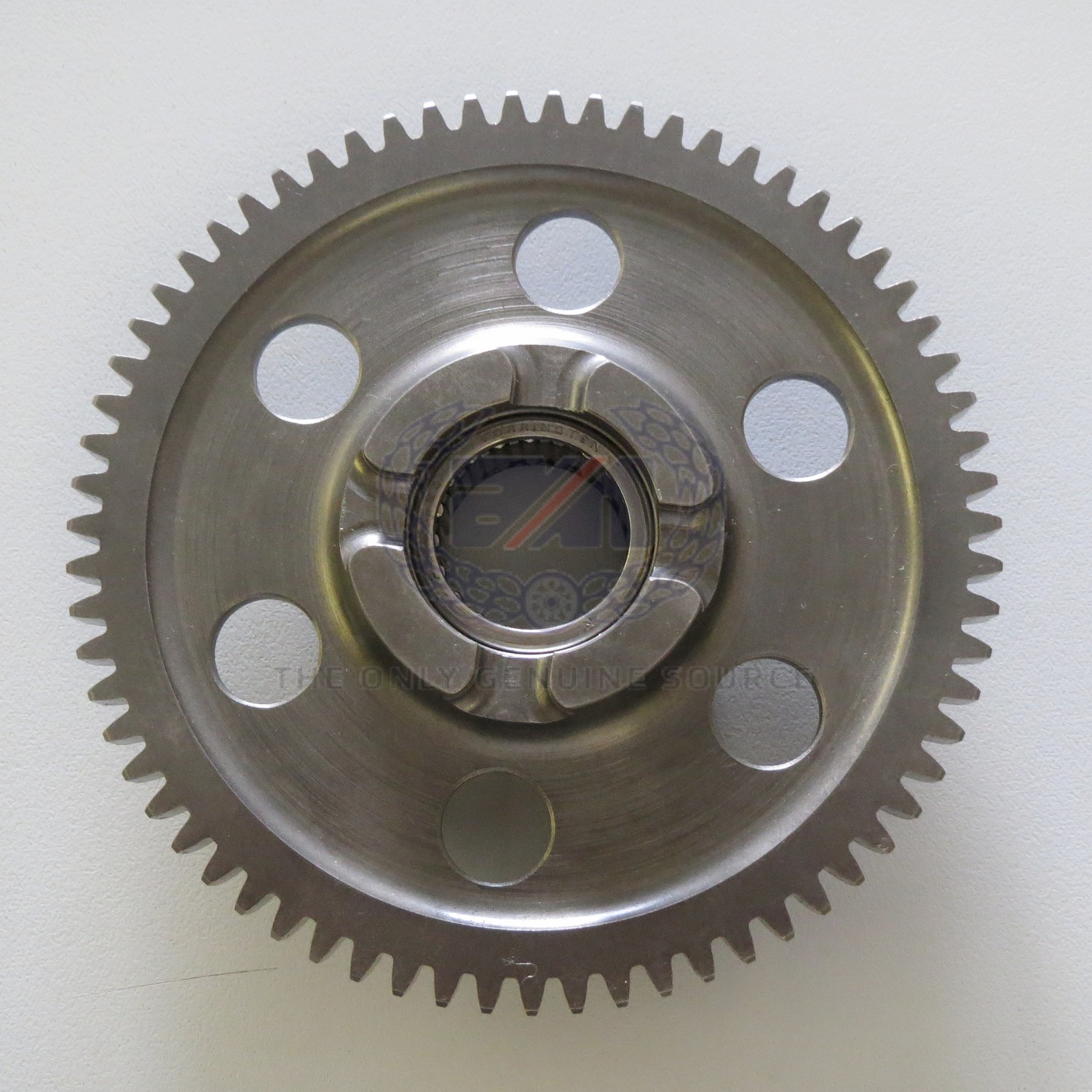Mart UK
VIP MEMBER
- Joined
- Mar 11, 2021
- Messages
- 1,315
Groan. Not going to think about the charging system!What to do? Start a: How do I uprate the charging system/What's the best battery' thread
Or simply ride it!!!!!!
The joys of Norton pet ownership.....
(Does it start OK on the kickstart?)
Kickstart: I'm 160lbs wet, with a dodgy right knee, sports injury. I can stand and bounce my weight on the kickstart without moving it. I have kickstarted it, but painful. Why I decided I needed a Mk3! I even make kick-starting an Enfield 500 look difficult... So kickstarting will be a last resort, if I get stranded. I can't believe it's sorted, but I will hope for now. I'll keep the parts and this afternoon am reading through the updated links from Chaztuna's corrected workshop manual, which he reminded me would be useful.
What can I say. Yesterday, it just whirred, today it works. The only difference is fully charging the replacement battery, which I hadn't used in anger and didn't work yesterday, when I swapped it, before I charged it overnight. Bit bemused, not yet relieved! My money would still be on a sting in the tail to come...

